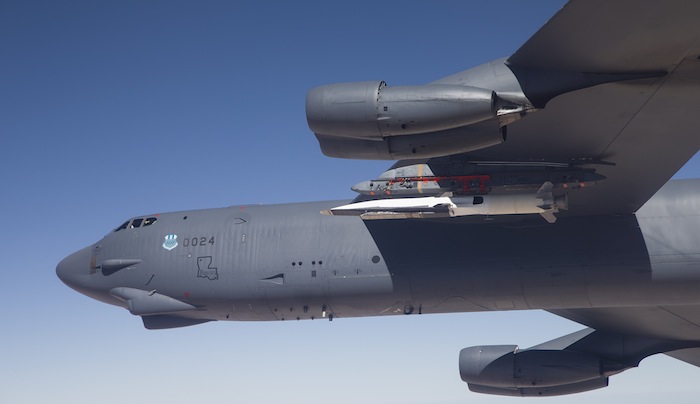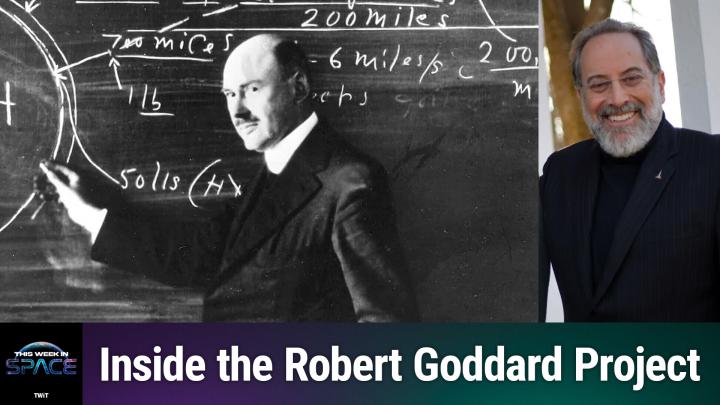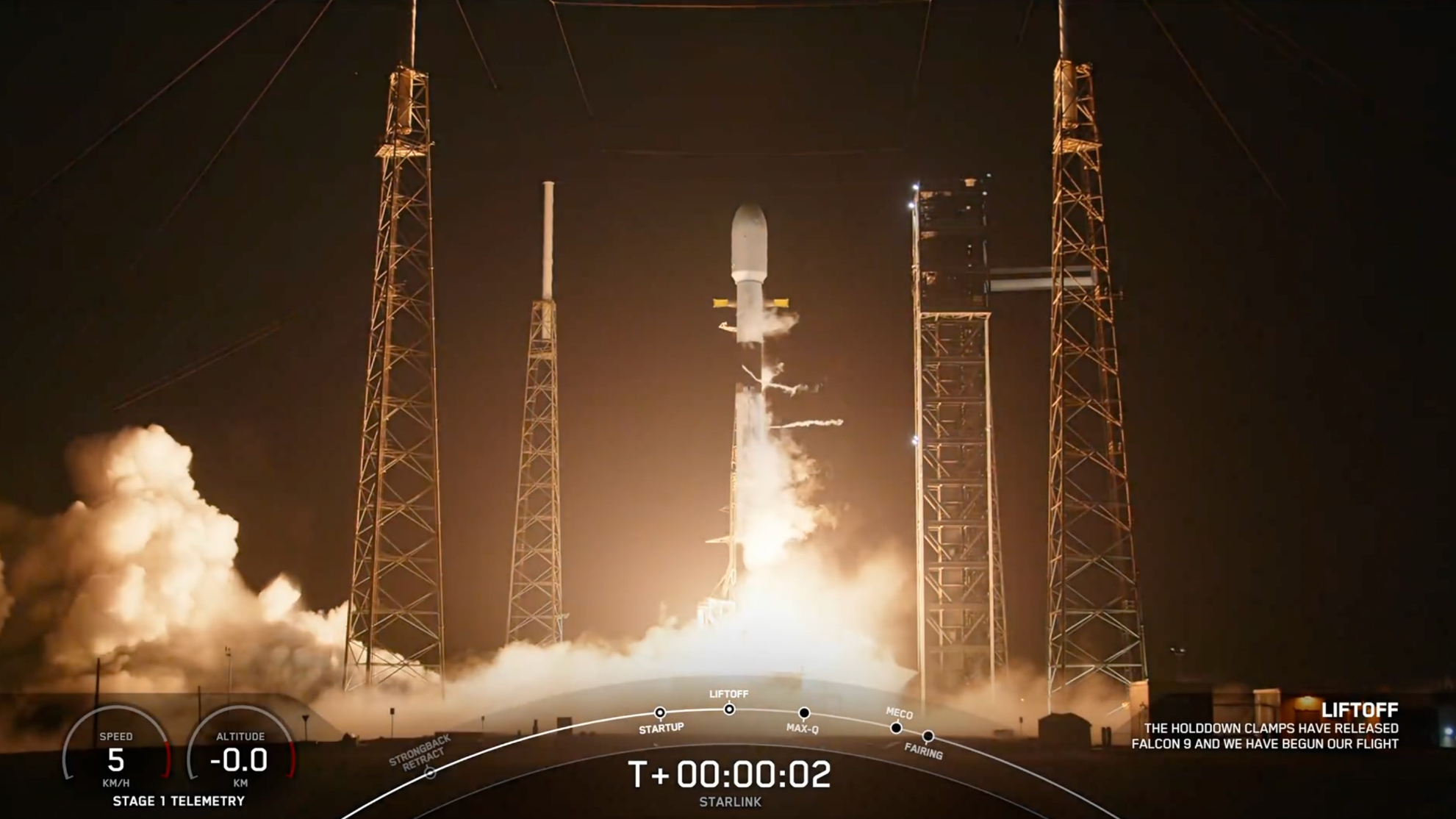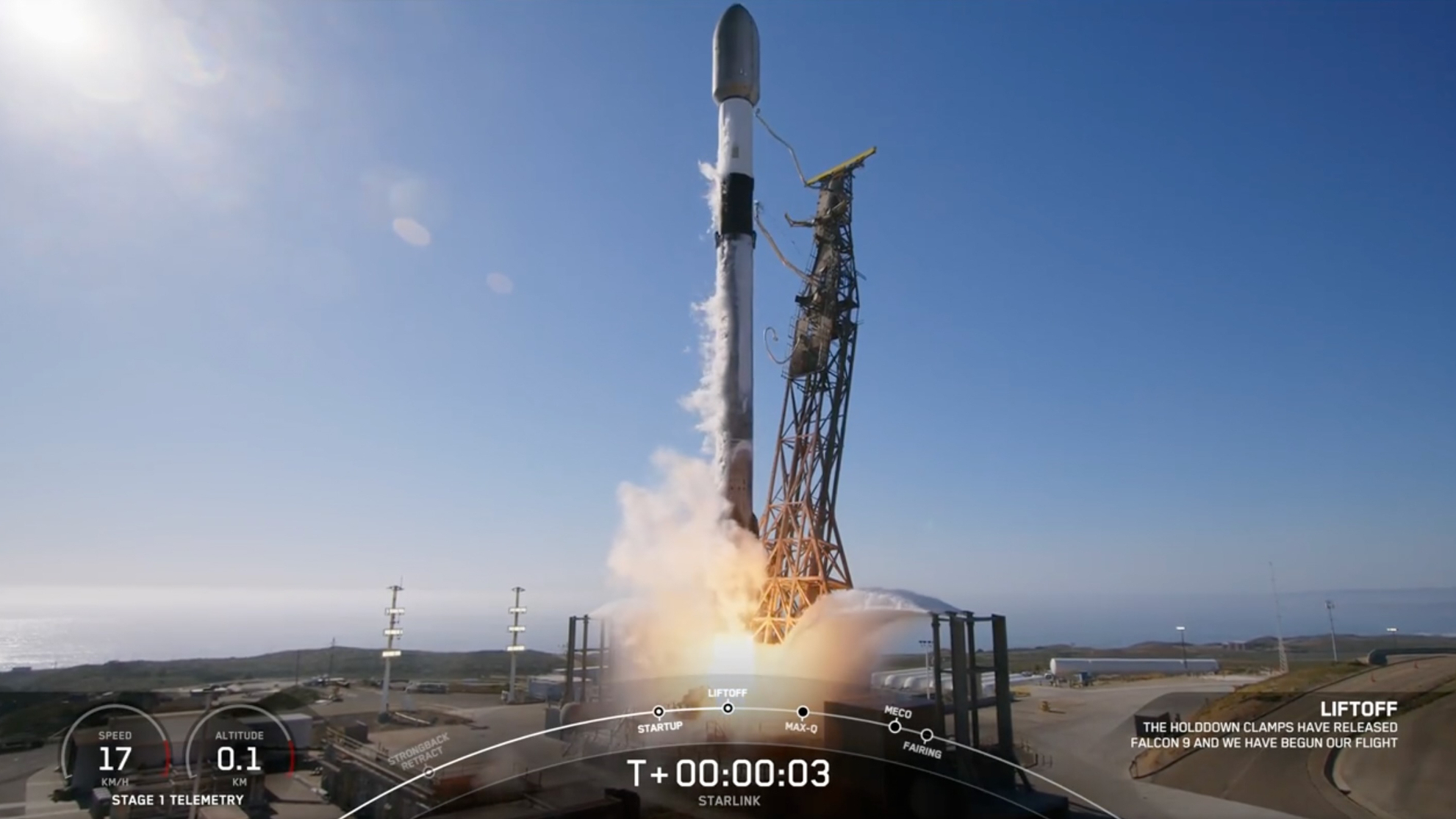
United States Air Force Maj. Andrew Murphy couldn't see the hypersonic vehicle's rocket ignite, but he could hear it — and feel it.
The roar flowed through Murphy on May 1 as he sat at the controls of his B-52 Stratofortress, which had just released the Air Force's unmanned X-51A Waverider about 50,000 feet (15,000 meters) above the Pacific Ocean off the California coast.
When the rocket fires, "it vibrates the airplane, and it just feels great, because you know the thing is working," Maj. Murphy told reporters last month. "And then you see the contrail. By the time you see it, it is miles and miles and miles out in front of you." [See video of the X-51A's final flight]
The rocket accelerated the Waverider to Mach 4.8 — 4.8 times the speed of sound — in just 26 seconds on the May 1 mission, which was the fourth and final test flight of theX-51A program.
The experimental craft then separated from its booster rocket and sped up to Mach 5.1 at an altitude of 60,000 feet (18,300 m), powered by its air-breathing supersonic combustion ramjet (scramjet) engine.
Cheers erupted within the B-52 when word came from the control room that the Waverider's scramjet engine had kicked on as planned, Maj. Murphy said.
"That was the key for the flight," he said. "That was what we were trying to accomplish."
Get the Space.com Newsletter
Breaking space news, the latest updates on rocket launches, skywatching events and more!
The Waverider burned up the scramjet's four-minute fuel supply that day and was destroyed as expected upon impacting the Pacific Ocean. The vehicle returned 370 seconds of flight data, and Air Force officials declared the mission a complete success.
The Air Force and the U.S. Defense Advanced Research Projects Agency (DARPA) worked together on the $300 million X-51A program, which began in 2004.
The goal was to advance technology toward a rapid strike capability — something much faster than typical cruise-missile speeds of 500 to 600 mph (800 to 965 km/h), Air Force officials have said.
Boeing built four Waverider vehicles for the program, and all of them were tested out over the past few years. The first flight, in May 2010, was hailed as a success, while the next two missions (in June 2011 and August 2012) both ended prematurely.
The military has no plans to revive the X-51A program, but another hypersonic vehicle — defined as a craft that can reach at least five times the speed of sound (which is about 762 mph, or 1,226 km/h, at sea level) — may soon follow in its footsteps.
"We're busily working with leadership on what the next steps are to take, and I'll leave it at that," Charlie Brink, X-51A program manager for the Air Force Research Laboratory Aerospace Systems Directorate, said last month.
Follow Mike Wall on Twitter @michaeldwall and Google+. Follow us @Spacedotcom, Facebook or Google+. Originally published on SPACE.com.
Join our Space Forums to keep talking space on the latest missions, night sky and more! And if you have a news tip, correction or comment, let us know at: community@space.com.

Michael Wall is a Senior Space Writer with Space.com and joined the team in 2010. He primarily covers exoplanets, spaceflight and military space, but has been known to dabble in the space art beat. His book about the search for alien life, "Out There," was published on Nov. 13, 2018. Before becoming a science writer, Michael worked as a herpetologist and wildlife biologist. He has a Ph.D. in evolutionary biology from the University of Sydney, Australia, a bachelor's degree from the University of Arizona, and a graduate certificate in science writing from the University of California, Santa Cruz. To find out what his latest project is, you can follow Michael on Twitter.









